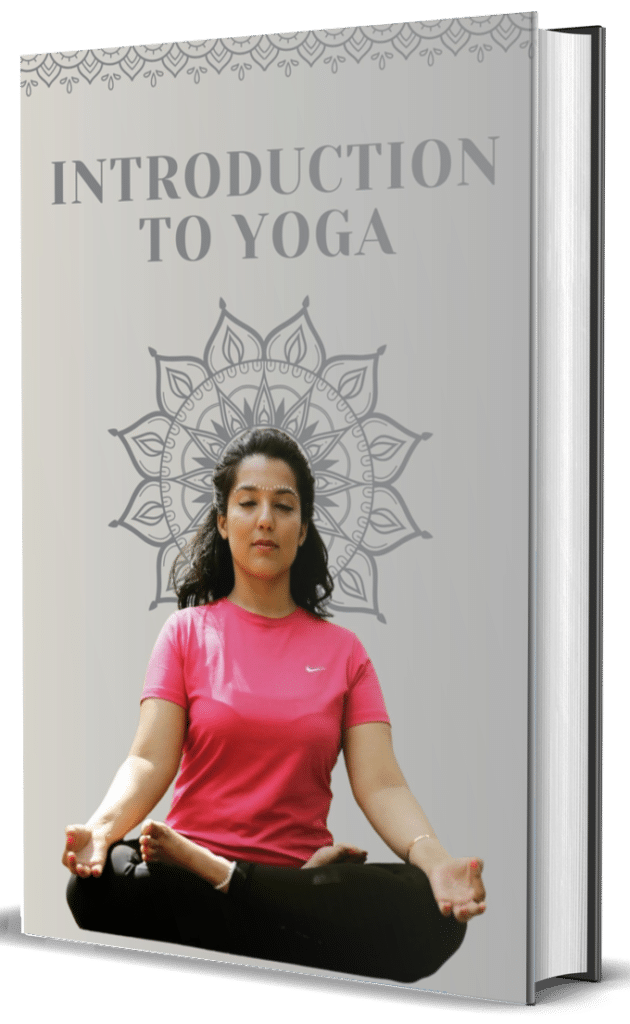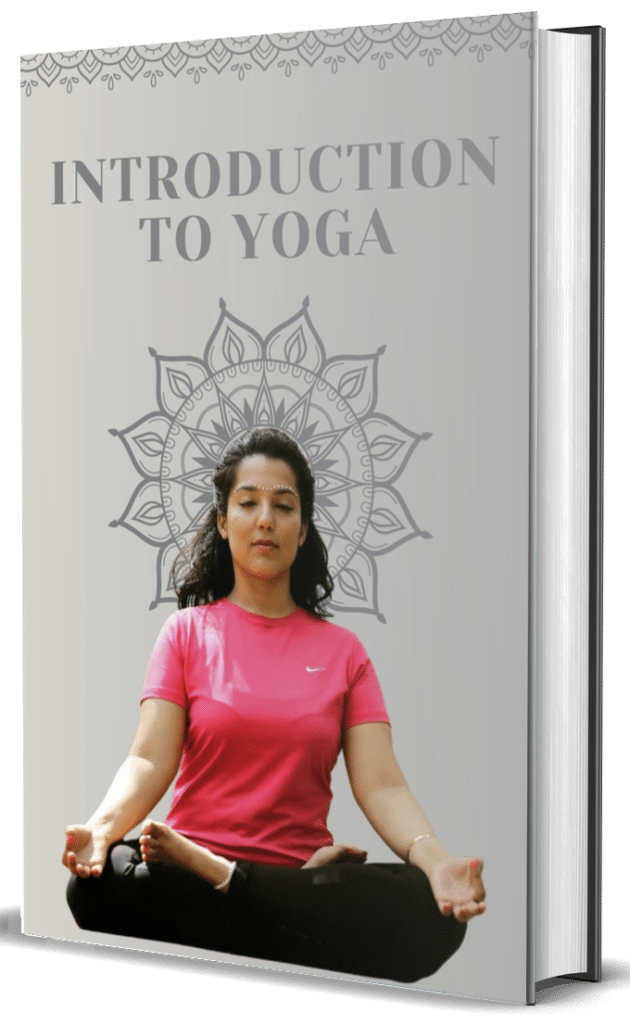Mayurasana, commonly known as Peacock Pose, is an advanced arm balance that showcases strength, focus, and control. Named after the majestic bird revered in Indian culture, the pose resembles a peacock with its tail feathers spread when viewed from the side. The Sanskrit name combines “mayura” (peacock) with “asana” (pose).
In the classical form of Mayurasana, the practitioner balances the entire body horizontally on the hands with elbows bent and pressed against the abdomen. The legs extend straight back with feet together, while the head reaches forward, creating a straight line from head to heels. The palms typically face backward with fingers pointing toward the feet, though variations exist for different hand positions.
Historically, Mayurasana holds significant importance in traditional hatha yoga texts. It appears in the 15th-century Hatha Yoga Pradipika, which claims the pose “destroys all diseases” and can help “digest the worst of foods.” While modern practice takes a more measured view of these claims, the pose does offer substantial physiological benefits.
From an anatomical perspective, Mayurasana requires significant strength in the wrists, forearms, shoulders, and core. The unique positioning creates intense compression in the digestive organs as the elbows press into the abdomen. This pressure, combined with the strong engagement of core muscles, is thought to stimulate digestion and metabolism—potentially explaining its traditional reputation for digestive benefits.
Beyond its physical demands, Mayurasana develops exceptional mental focus and determination. The balancing element requires complete concentration, creating a meditative quality as the practitioner must remain fully present to maintain the pose. The challenging nature of the posture also builds self-confidence as practitioners gradually master what initially seems impossible.
For safe practice, Mayurasana requires thorough preparation. Practitioners should have established strength in more fundamental arm balances and core exercises before attempting this pose. Those with wrist, elbow, or shoulder injuries, as well as individuals with high blood pressure or hernias, should approach this pose with caution or avoid it entirely. Learning Mayurasana under the guidance of an experienced teacher is recommended to ensure proper technique and prevent injury.



